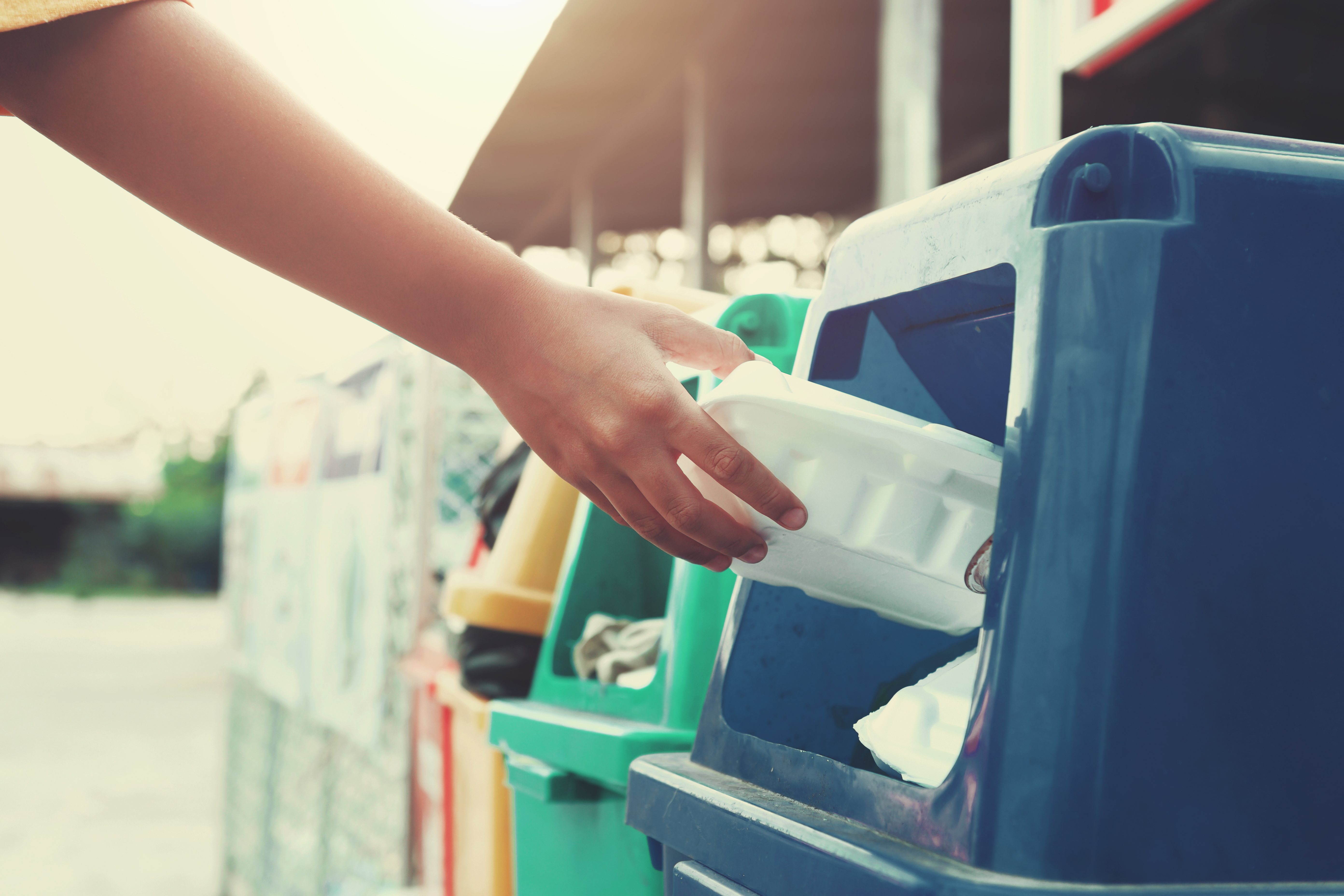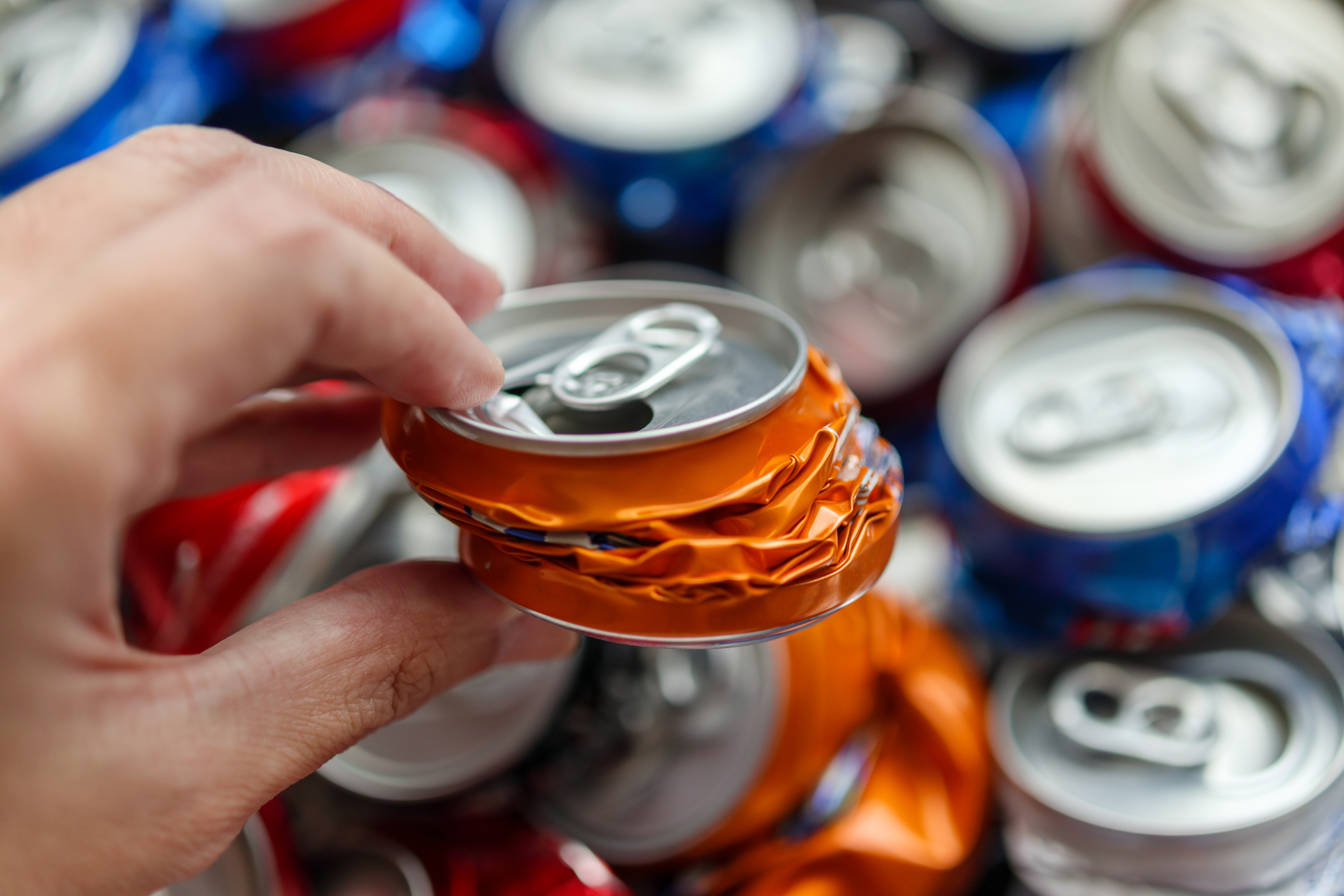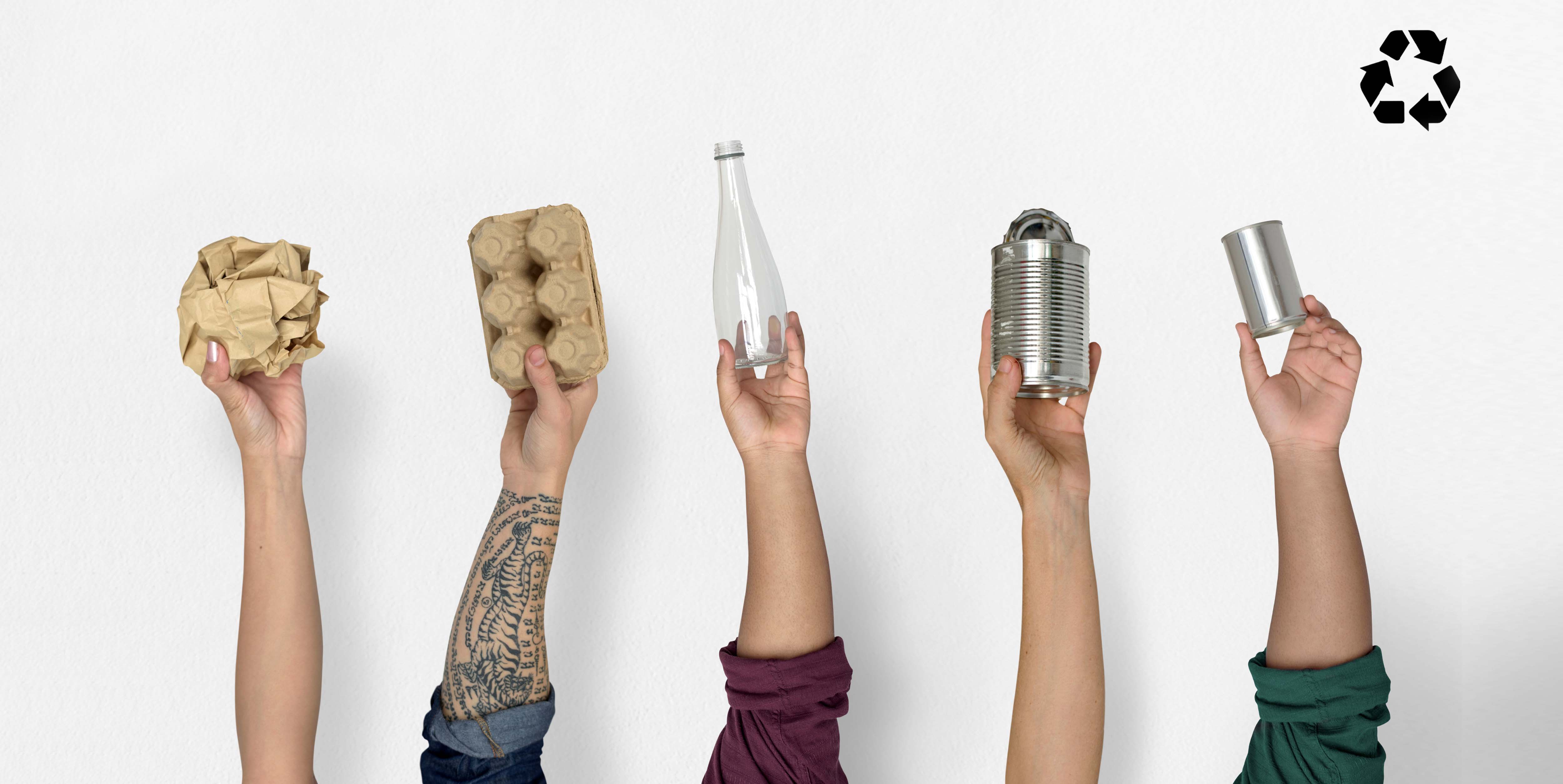Recycling: common assumptions and reality
Growing public interest in sustainability issues have led many brands to opt for recyclable packaging materials. But at the same time, a series of articles over recent years have cast doubt upon the effectiveness of recycling. Here, we take a look at some common assumptions around recycling and the truth (or not) behind them.
1. A lot of recycling doesn’t actually get recycled
This depends strongly on the material. The most common recyclable packaging materials are plastic, glass and paper, all of which are recycled in different ways and with varying degrees of success.
Plastic recycling is notoriously complex, with some figures estimating that under 10% of plastic actually ends up getting recycled. The figures for glass recycling are more optimistic: over 30% of glass containers were recycled in the US in 2018. But it’s paper that takes the prize for most recyclable packaging material, with a recycling rate of close to 70%.

2. Recycling doesn’t ultimately benefit the planet that much
Recycling obviously can’t solve all the world’s problems, but its environmental benefits are clear: recycling aluminium cans uses 95 percent less energy than making new ones from raw materials, while recycling paper saves about 60 percent.
What’s more, the impact of recycling goes beyond energy saving: it helps stem the spread of disease by reducing litter, creates jobs and contributes to a culture of innovation by inciting businesses to develop new packaging materials, such as metalized paper.

3. Materials can only be recycled once
Many common packaging materials can be recycled over and over again: metal such as aluminium and glass are good examples. Both can be recycled indefinitely with little to no loss of quality. The average piece of printer paper can be recycled up to seven times before the fibers are too degraded to be reused, and even then can be transformed into other paper-based materials, such as molded carton or packaging inserts. Unfortunately, plastic polymers break down during the recycling process, meaning they can only be reused once or twice if at all.
4. Composite materials can’t be recycled
Combining several base materials, such as paperboard, foil and polymers, can enable packaging products to perform well on different levels, including durability, barrier properties and shelf appeal. Composites are technically recyclable, but it’s easier said than done. In order to be reused, the materials first have to be separated, which is an expensive and energy-intensive process that many conventional recycling plants aren’t able to handle.

Fortunately, there are now alternatives on offer that offer comparable performance to composites while being 100% recyclable. Metallized paper, a sustainably-sourced monomaterial, is one of them.